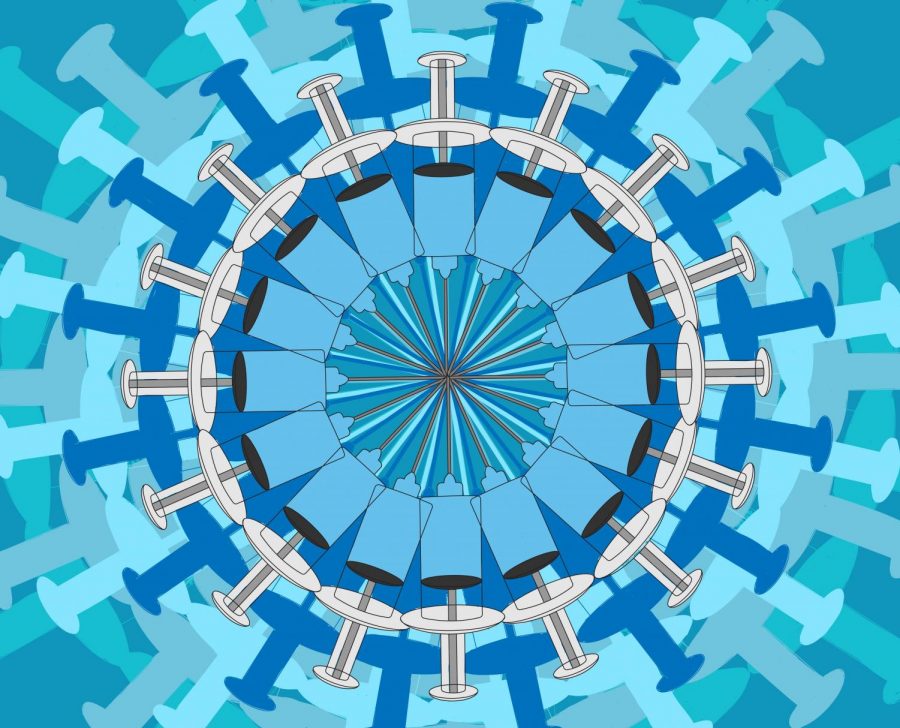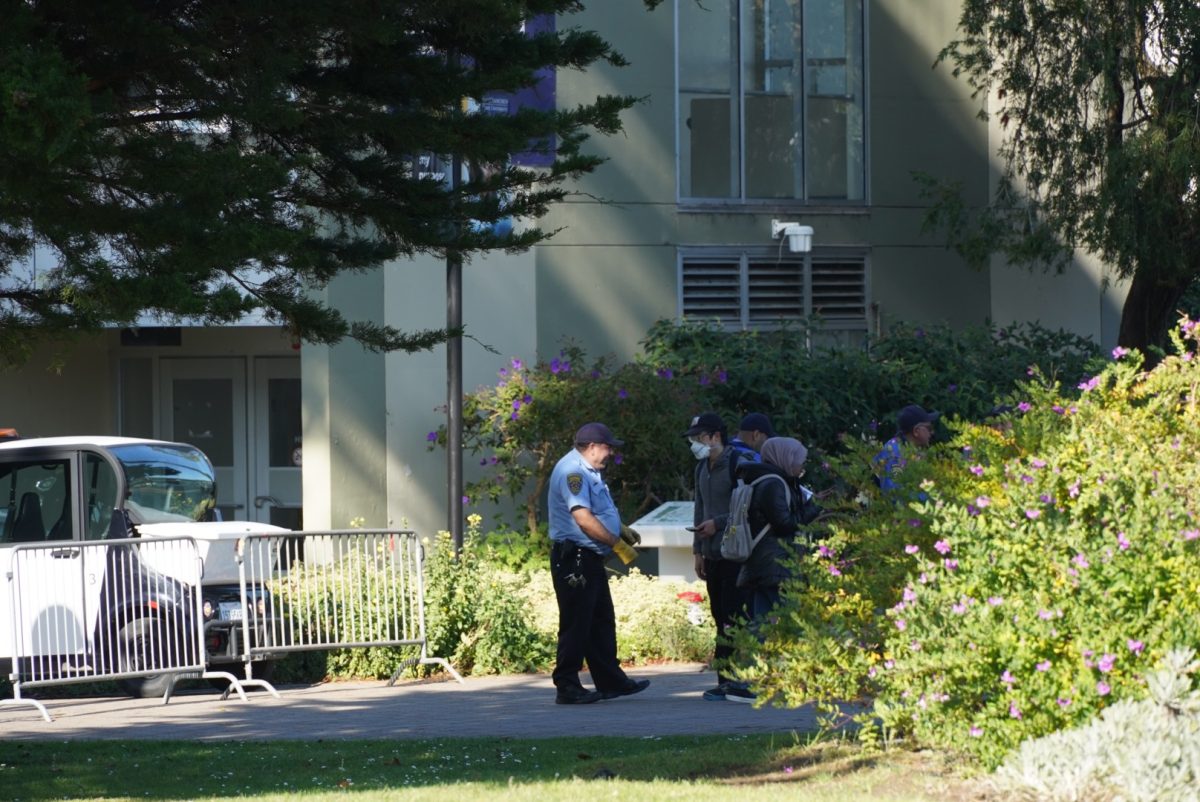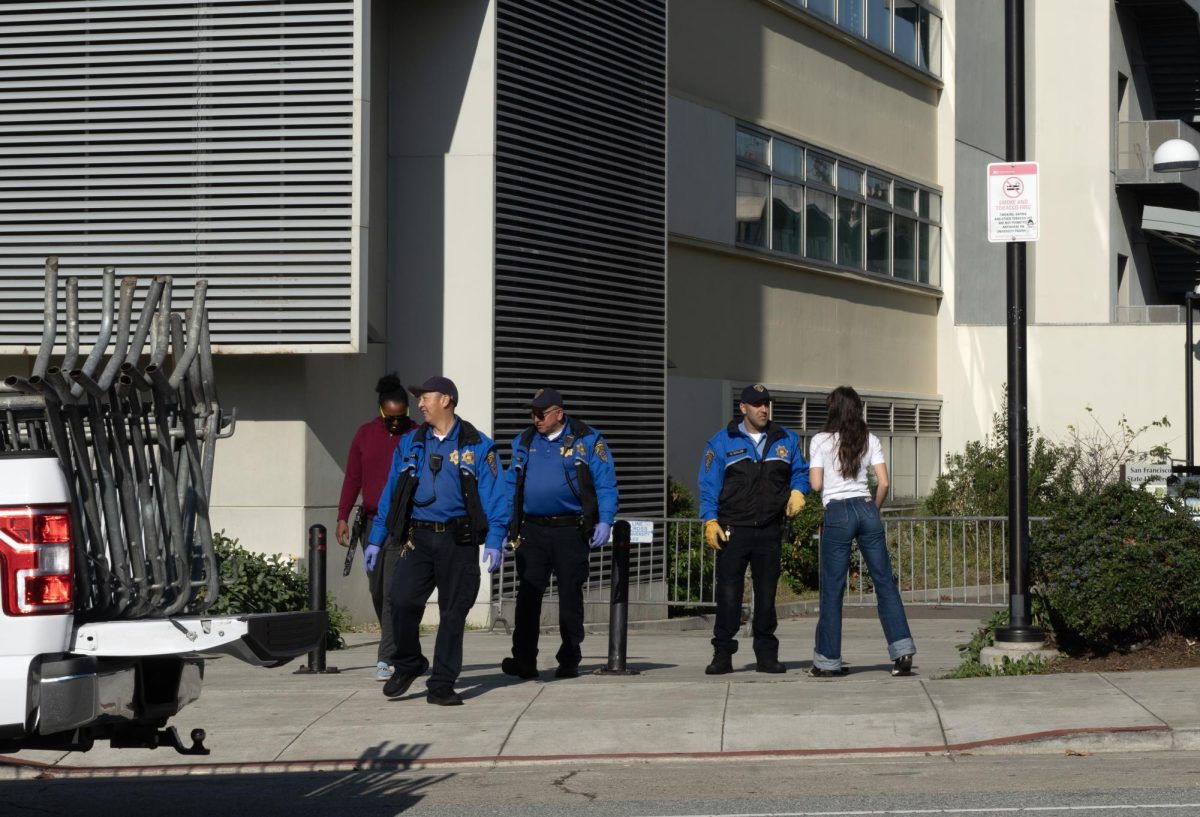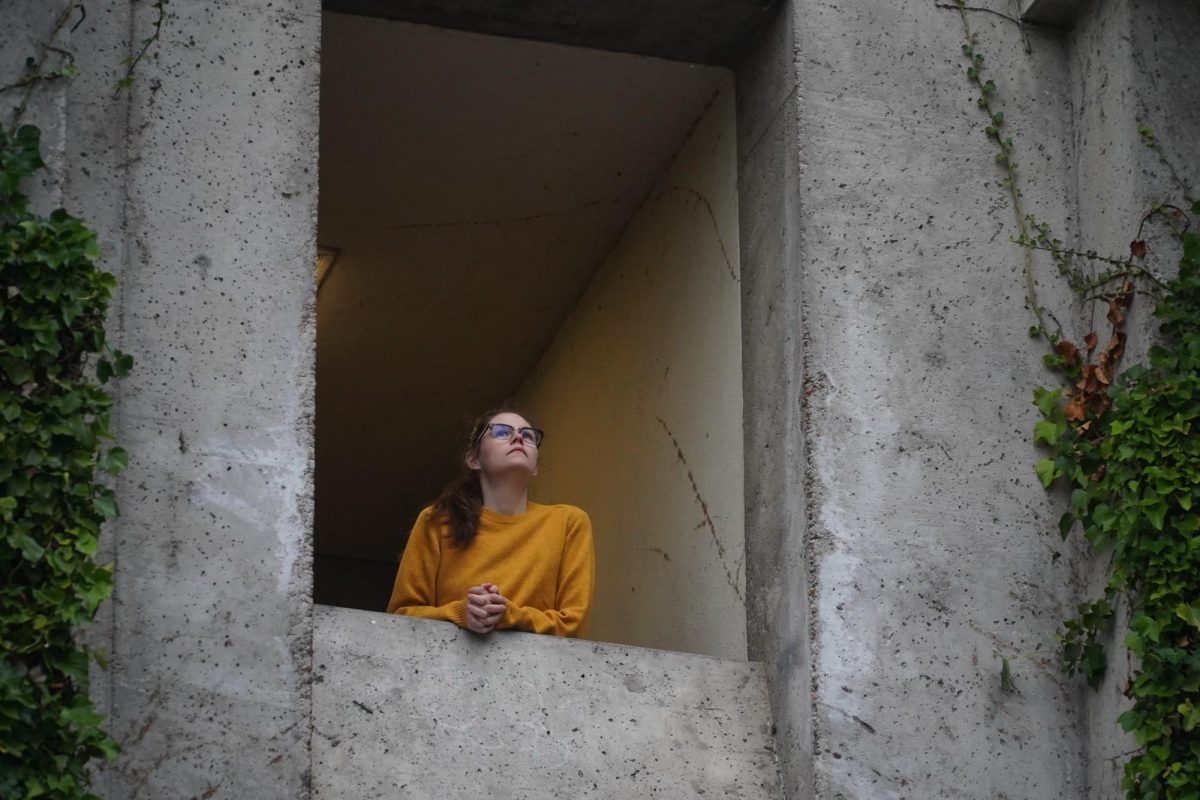Making it close to its final stages at a 95% effective rate, the COVID-19 vaccine leads to the questioning whether the public and student body will feel comfortable and feel ready to get the vaccine to avoid getting the coronavirus.
The new vaccine has a two-dose schedule, with a 95% efficacy rate after the first seven days of receiving the second dosage, according to Pfizer. Their development of the COVID-19 vaccine has been self-funded by the company. The US government will be funding $1.95 billion for the first 100 million doses and having an option to obtain 500 million more doses.
“I am slightly biased because I am against vaccines for the most part,” explained Trotter when it comes to the new covid vaccine. Iona Trotter, SF State senior, has her speculations about the vaccine, due to not being an advocate for vaccines.
Jordan Rogers, a graduate student for education, stated that he was nervous when the vaccine announcement was made, and the fact that it was only 95% effective.
“I heard that other vaccines took years to perfect, so for this vaccine to be practically ready in less than a year had me feeling uneasy.” But his hesitation will not hold him back from getting the vaccines. Vaccines usually take from 10 to 15 years to develop before giving out to the public according to the History of Vaccines.
Rogers is planning on getting the vaccine once it becomes available to his age group and to observe the effects it takes on people who have already acquired it.But even with the vaccine becoming available, Rogers still thinks that people still should follow the social distancing and quarantine guidelines.
“The virus will still be out there and it will still be going around because not everyone is going to get one,” he said. Trotter, also agrees that everyone still needs to follow the guidelines in order to see if the vaccine is effective or not.
Out of the 43,000 participants across all populations there were no safety concerns to the new vaccine according to officials. 10 to 15 percent of volunteers felt side effects after receiving the vaccine, which included fever, chills, body aches, and soreness where it was injected. The data calculated from the side effects was greater than a two percent frequency was that fatigue was at 3.8% and headaches were at 2.0% according to Pfizer.
“I think it needs to go through more trial and error because it is going to be distributed all over the world. The makers of the vaccination should know what happens when someone takes the vaccine and the effects it would have long term,” said Kathryn Calimag, SF State senor, who is hesitant about the COVID-19 vaccine.
The vaccine is expected to produce 50 million COVID-19 vaccines globally by the end of 2020 and 1.3 billion doses by the end of 2021.







